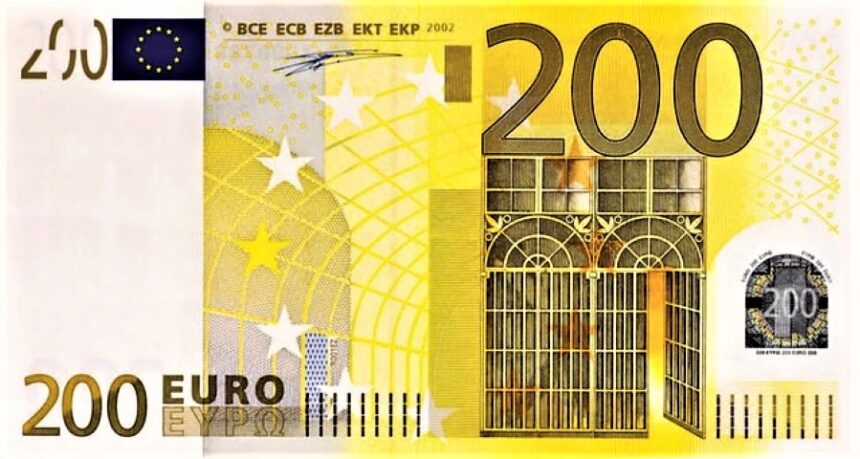EURUSD falls into the mid-1.0800s ahead of Wednesday’s critical Fed meeting.
On Tuesday, EURUSD fell by five hundredths of a percent to the mid 1.0800s. Ahead of the week’s biggest event in Forex, the Federal Reserve’s (Fed) March meeting policy release.
Speculation is growing that the Fed may change the number of interest rate cuts it plans to undertake in 2024.
Although the Fed is not expected to change interest rates at the meeting. The accompanying statement and predictions may change. This could have an impact on interest rate expectations and, as a result, the value of the US dollar (USD).
Interest Rates Central bank policies play an important role in driving foreign exchange markets. Higher interest rates tend to promote a currency by drawing more foreign capital inflows. Whilst lower rates have the reverse effect.
EURUSD declines as investors’ monetary policy expectations shift.
The EURUSD decline in recent days has been mostly driven by renewed US Dollar strength. Which has resulted from increased predictions that the Fed will delay interest rate decreases and may make fewer cuts overall in 2024.
Speculation is growing that the Federal Reserve would adjust the estimates in its meeting notes. The Summary of Economic Projections (SEP). In the preceding SEP, Fed officials anticipated three 25 basis point (0.25%) rates. decreases in 2024. But some analysts now believe there is a significant danger that this might be reduced to two 25-basis-point cuts to reflect persistently high inflationary pressures. A revision to two cuts might push the EURUSD lower.
“The summary of economic projections will be updated, and our assessment contains hawkish risks. With the committee potentially projecting fewer cuts in 2024,” says David Doyle, head of economics at Macquarie, in a note regarding the Fed meeting.
The market continues to perceive June as the first month in which the Fed is most likely to decrease interest rates. But July has gained appeal in recent days. Current market probability, based on the CME FedWatch Tool, favor One or more cuts are likely by June (55.1%), and by July (73.7%). The June figure has been moving downward.
“Our view on FOMC policy remains that the first 25 bps cut will occur in July,” says Macquarie’s Doyle. “In 2024 we anticipate 50 bps of cuts and a further 50 bps in 2025,” he goes on to say.
Services inflation is too high, according to De Guindos.
In Europe, there is a comparable discussion about when to start decreasing interest rates. On Tuesday, Luis de Guindos, Vice-President of the European Central Bank (ECB), said “we have to wait” since “services inflation” is still too high.
ECB Vice-President De Guindos believes that inflation in the services sector is still too high to decrease interest rates.
De Guindos stated that he believed June was the appropriate time to consider reducing interest rates. His views are in line. with those of ECB President Christine Lagarde and other officials.
Although a faction within the ECB lead by Francois Villeroy de Galhau looked to be advocating for a spring rate drop earlier this month, they appear to be overwhelmed by officials who prefer June.
The EURUSD appeared to find some support on Monday as the Eurozone Trade Balance data revealed a solid surplus for the region, while final adjustments to inflation data for February came out in line with flash expectations.









